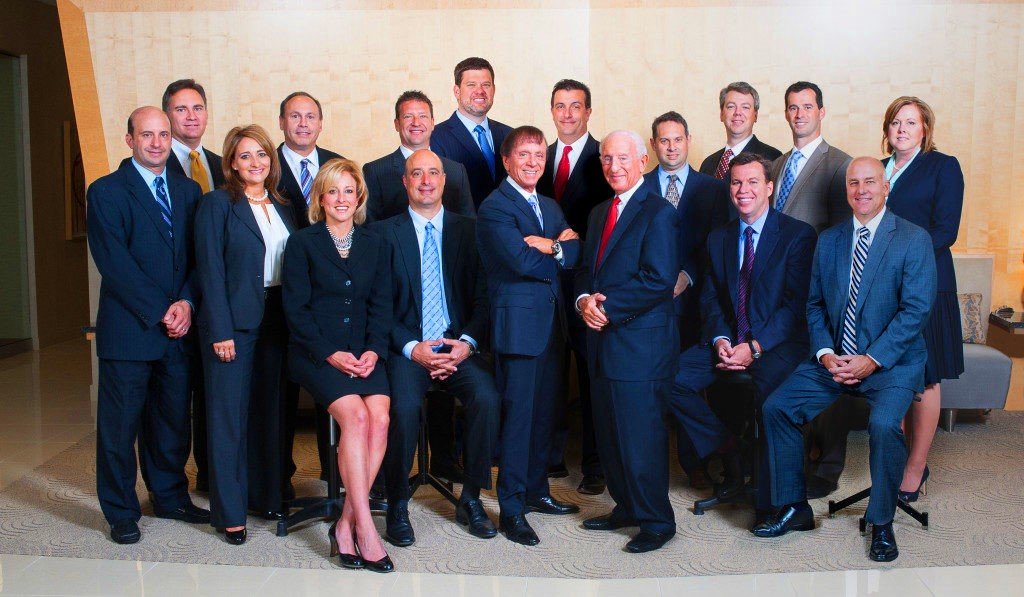Trademark Disputes: Legal Protection and Enforcement
Trademark disputes can threaten your brand. Discover legal protection and enforcement strategies to handle trademark infringement and conflicts.

In the commercial sector, Trademark Disputes conflicts are essential to legal protection and enforcement. Trademarks are distinctive identifiers for companies that allow consumers to easily distinguish the goods and services of one firm from another. These identifiers might be logos, names, or symbols. On the other hand, trademark infringement and misuse can result in costly legal disputes. These disagreements involve more than simply ownership; they also include upholding customer confidence and brand integrity. To protect their trademarks, businesses have to negotiate a challenging legal environment that calls for a thorough knowledge of both domestic and international law.
Protecting a brand’s reputation and place in the market requires effective trademark enforcement. Businesses run the danger of losing their competitive edge and suffering financial losses without adequate legal protection. A number of circumstances, including cybersquatting, dilution of a well-known brand, and unlawful use of a mark that is similar, can give rise to trademark disputes. A variety of legal techniques, including as negotiation, mediation, arbitration, and, where required, litigation, are used to resolve these conflicts. Businesses may effectively manage and limit the risks associated with trademark disputes by having a proactive strategy to enforcement and a thorough understanding of the nuances of trademark law.
Contents
- 1 Trademark Disputes
- 1.1 Understanding Trademark Disputes
- 1.2 Legal Framework for Trademark Protection
- 1.3 Registering a Trademark
- 1.4 Enforcing Trademark Rights
- 1.5 Trademark Infringement
- 1.6 Resolving Trademark Disputes
- 1.7 Case Studies of Trademark Disputes
- 1.8 Protecting Your Trademark Internationally
- 1.9 The Role of Trademark Attorneys
- 1.10 Preventing Trademark Disputes
- 1.11 Challenges in Trademark Enforcement
- 1.12 Impact of Trademark Disputes on Businesses
- 1.13 Future Trends in Trademark Law
- 2 Conclusion
- 3 FAQs
Trademark Disputes
Understanding Trademark Disputes
Trademark disputes arise when one party believes their trademark rights have been violated. Common causes include the unauthorized use of a similar trademark that causes confusion, dilution of a famous mark, and cybersquatting. For example, if a small coffee shop uses a logo strikingly similar to that of a global coffee chain, a dispute is likely to ensue.
Legal Framework for Trademark Protection
Trademark protection is governed by a blend of national laws and international treaties. In the United States, the Lanham Act serves as the primary federal statute governing trademarks. Internationally, agreements like the Paris Convention and the TRIPS Agreement ensure a level of uniformity in trademark protection. Intellectual Property Offices, such as the USPTO, play a pivotal role in the registration and enforcement of trademark rights.
Registering a Trademark
Registering a trademark is a crucial step in protecting your brand’s identity and ensuring its legal recognition. The process begins with conducting a thorough trademark search to confirm that your desired mark is unique and not already in use by another entity. This involves checking databases maintained by relevant intellectual property offices, such as the USPTO in the United States. Once you confirm the uniqueness of your trademark, the next step is to file an application with the appropriate office. This application must include a clear depiction of the mark, a description of the goods or services it will represent, and proof of its use in commerce or intent to use.
Enforcing Trademark Rights
Enforcement often begins with a cease and desist letter, a formal request for the infringer to stop using the trademark. If this fails, legal action can be pursued. Remedies include injunctions, monetary damages, and, in some cases, the transfer of domain names.
Trademark Infringement
Trademark infringement occurs when a party uses a trademark that is identical or confusingly similar to a registered trademark without permission. Identifying infringement involves examining factors like the similarity of the marks and the goods/services involved. Consequences can be severe, including financial penalties and reputational damage.
Resolving Trademark Disputes
Resolution can be achieved through negotiation and mediation, where both parties attempt to reach a mutually agreeable solution. Arbitration offers a more formal, yet less adversarial, alternative to litigation. However, when these methods fail, litigation becomes necessary, involving court intervention to resolve the dispute.
Case Studies of Trademark Disputes
Famous cases, such as the dispute between Apple Corps (The Beatles’ record company) and Apple Inc., illustrate the complexities of trademark law. These cases offer valuable lessons on the importance of clear agreements and proactive trademark management.
Protecting Your Trademark Internationally
The Madrid Protocol provides a streamlined process for registering trademarks in multiple countries. Businesses can protect their trademarks globally by filing a single application. Additionally, adopting a strategy that includes local registrations in key markets can offer enhanced protection.
The Role of Trademark Attorneys
Trademark attorneys are indispensable in navigating the intricacies of trademark law. They assist with searches, registrations, and enforcement actions. Hiring an attorney is particularly crucial when dealing with complex disputes or international trademark issues.
Preventing Trademark Disputes
Preventive measures include selecting a distinctive and unique trademark, conducting thorough searches before registration, and continuously monitoring the market for potential infringements. Regularly renewing and maintaining trademarks ensures ongoing protection.
Challenges in Trademark Enforcement
Enforcing trademarks across borders presents significant challenges due to varying legal systems. Dealing with counterfeit goods is another major issue, requiring coordinated efforts with customs and law enforcement agencies.
Impact of Trademark Disputes on Businesses
Trademark disputes can have profound financial implications, including legal costs and potential loss of revenue. They also affect brand reputation, making it vital for businesses to manage and resolve disputes efficiently.
Future Trends in Trademark Law
The landscape of trademark law is continually evolving, driven by technological advancements and changing market dynamics. One significant trend is the increasing importance of digital trademarks as businesses expand their online presence. With the rise of e-commerce and social media, companies are seeking to protect their digital assets, such as domain names, hashtags, and even virtual reality trademarks. This shift requires updates to existing trademark laws and new strategies for enforcement in the digital realm, where traditional boundaries and jurisdictions are blurred.
Read More: The Role of Social Media in 2024 Political Campaigns
Conclusion
FAQs
What is a Trademark Disputes?
A trademark is a symbol, name, or logo used to distinguish the goods or services of one entity from another, ensuring brand recognition and consumer trust.
How can I register my Trademark Disputes internationally?
International registration can be achieved through the Madrid Protocol, allowing a single application to cover multiple countries, or by filing separate applications in each target country.
What should I do if my Trademark Disputes is infringed?
Start with a cease and desist letter to the infringer. If that fails, consider legal action to enforce your rights, potentially seeking injunctions or damages.
How long does Trademark Disputes protection last?
Trademark protection typically lasts for ten years, with the possibility of indefinite renewals as long as the trademark remains in use and the renewal fees are paid.
Can I trademark a logo and a name together?
Yes, both can be registered, either as separate trademarks or as a combined mark, providing broader protection for your brand identity.





